Sooner or later, the woman’s age certainly makes itself felt not only by increasing the number of chronic diseases and fatigue but also by changes in skin conditions. In time to prevent premature aging and to preserve youthfulness for a longer period, it is necessary as soon as possible to see signs of wilting and try to eliminate them.
The human body is hidden under the clothes for most of life. And only the face is open and exposed to the environment every day. Therefore, the first signs of aging are most often seen in the changes on the face.
Why are your skin ages?
 It is known that the skin of any person is composed of three main layers. The lower level, adipose tissue, protects the muscles that are under it, and gives a person’s face the roundness and soft, flowing lines. Eventually, this layer becomes thinner, which leads to visually noticeable sagging skin.
It is known that the skin of any person is composed of three main layers. The lower level, adipose tissue, protects the muscles that are under it, and gives a person’s face the roundness and soft, flowing lines. Eventually, this layer becomes thinner, which leads to visually noticeable sagging skin.
The dermis is mainly composed of a specific connective tissue – elastin and collagen fibers. At a young age, they are constantly updated, thereby maintaining skin elasticity. Over time, the metabolism slows down, so the production of these substances, unfortunately, becomes insufficient to maintain a young state of the skin.
The upper layer of the skin is the epidermis, which includes a protective function, so its cells regenerate faster than the other. However, with age, this process is slowed down, so that all the layers of the epidermis become thicker, which leads to irregularities, roughness, and changes in the hue of the skin.
When do you start aging?
Argued that the first signs of aging appear after 25 years, but this is not true. Much depends strongly on the genetic background, the person’s lifestyle, and habits. Therefore, some people have skin aging manifests itself at 18 years, and others at 30 years look very young. In addition, a significant role, in this case, is personal care and cosmetics for everyday use.
First Signs of Facial Aging
You can find several major age-related changes in the face. Characteristic signs of facial aging include:
1. Dryness, thinning. Due to the fact that the subcutaneous fat layer tissue ceases to be updated, the cells do not receive a sufficient amount of moisture, which leads to peeling, particularly in the area of the forehead and the nose, dry skin, including the skin of the lips.
2. Changing the hue. Young skin usually has a solid color with a healthy glow. Thickening of the epidermis provokes age spots, yellowing, and grayish skin.
3. The excess skin around the eyes. It should be noted that, in fact, appearing folds are not superfluous tissue. Simply, they have ceased to be in good shape due to a lack of collagen and elastin, as well as reducing the thickness of the fat layer. This leads to a noticeable sagging eyelid skin, lowering them down.
4. Puffiness and dark circles under the eyes. Slowing metabolism does not allow one to excrete all the accumulated fluid during sleep. So after waking, you get so-called bags under the eyes with a bluish tint.
5. Reduced Skin Quality. The quality of the skin deteriorates with age. It becomes thinner, drier, and more prone to issues like redness and sensitivity. Wrinkles and age spots become more visible on thinner skin.
 6. Nasolabial folds. At a young age, it is only visible when a broad smile, but with the onset of old age, folds are visible even at rest. The corners of the mouth with age, tend to start to droop down.
6. Nasolabial folds. At a young age, it is only visible when a broad smile, but with the onset of old age, folds are visible even at rest. The corners of the mouth with age, tend to start to droop down.
7. Spider veins. Thinning of the skin leads to the fact that all the capillaries and vessels are arranged closer to the surface of the epidermis, especially the area of the cheeks and the area near the nose wings.
8. Wrinkles around the eyes. Usually, the first signs of facial aging often appear near the eyes. Just like nasolabial folds, wrinkles around the eyes remain even after the person stops smiling and eventually become greater depth.
9. Loss of Facial Fat. A loss of facial fat, particularly in the cheeks and temples, can lead to a gaunt and sunken appearance. The fat pads that provide youthful fullness diminish over time.
10. Age Spots and Uneven Pigmentation. Age spots, also known as liver spots and uneven pigmentation become more apparent with age. They are often the result of sun exposure and can make the skin appear discolored and less youthful.
11. There are changes in the shape and size of the lips. With age, the lips become thinner. They seemed to be stretched wide. Increases the distance between the tip of the nose and the edge of the upper lip. Furthermore, the skin begins to shrink slightly, so it appears fine wrinkles, and it is a constant dryness.
12. Decreased Lip Volume. The lips tend to lose volume and fullness with age. This can result in thinner lips and less-defined lip borders, contributing to an older appearance.
13. Neck and Décolletage Changes. Aging affects not only the face but also the neck and décolletage (upper chest area). These areas can develop wrinkles, sagging, and pigmentation changes.
Signs of aging skin appear gradually, but the best you can start to watch their appearance on the face and promptly take appropriate action to address them.
Main Factors Contributing to Facial Aging
Facial aging is influenced by several factors. Sun exposure, particularly to harmful UV rays, accelerates the aging process by breaking down collagen and elastin, leading to wrinkles and sagging skin. Smoking also speeds up aging due to the constriction of blood vessels and reduced blood flow. Genetics play a role in determining the pace of facial aging, while a healthy diet, lifestyle choices, and skincare habits can either slow down or exacerbate the aging process.
Understanding the factors that contribute to facial aging is crucial for developing strategies to mitigate its effects
Anti-Aging Solutions
Fortunately, there are various anti-aging solutions available to help combat the signs of facial aging. These include:
- Topical Treatments: Serums, creams, and moisturizers containing ingredients like retinoids, hyaluronic acid, and antioxidants can help improve skin texture and reduce the appearance of wrinkles.
- Cosmetic Procedures: Treatments such as Botox, dermal fillers, chemical peels, and laser therapy can address specific aging concerns.
- Healthy Lifestyle Choices: Regular exercise, a balanced diet, adequate sleep, and sun protection can help slow the aging process.
- Professional Skincare: Consulting with a dermatologist or skincare professional can provide personalized guidance and treatment options tailored to your unique needs.
In conclusion, understanding the signs of facial aging and the factors contributing to them is the first step in maintaining a youthful and vibrant appearance. While aging is a natural process, there are numerous ways to address and mitigate its effects, helping you look and feel your best as you grow older.

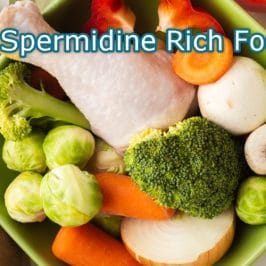
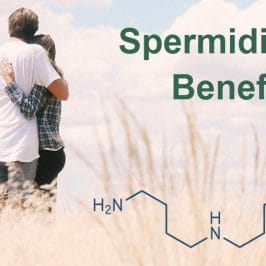
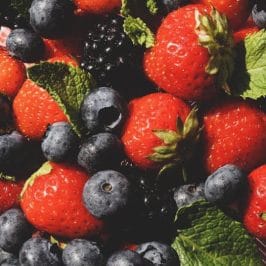
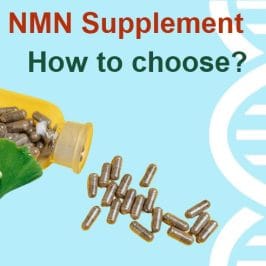
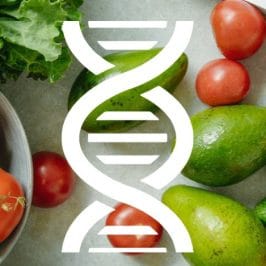

Leave a Reply